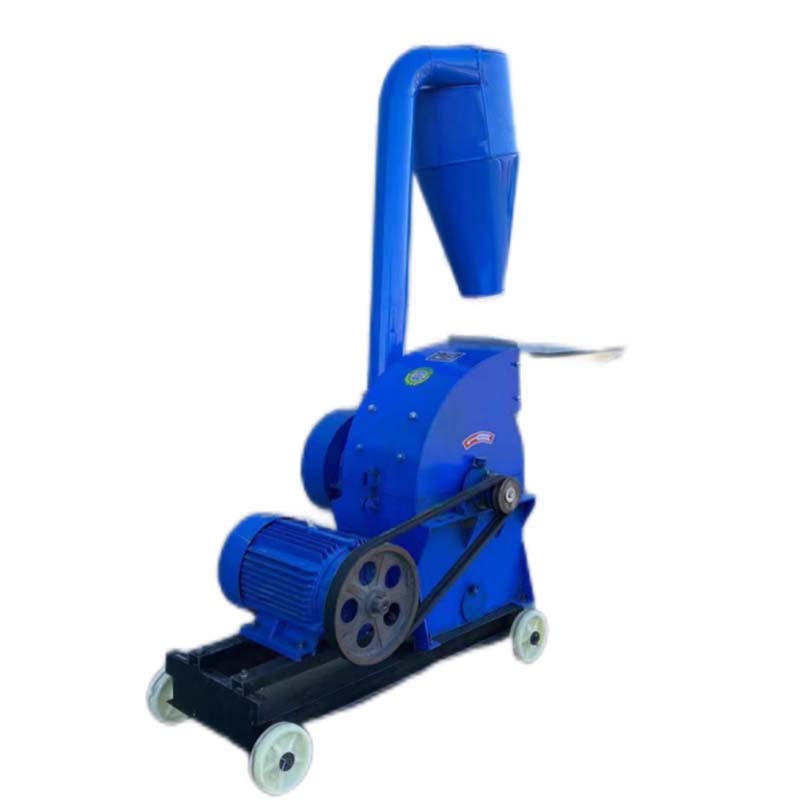feed hammer mill
Dec . 01, 2024 11:38 Back to list
feed hammer mill
The Feed Hammer Mill A Vital Tool in Animal Nutrition
The feed hammer mill is an essential piece of equipment in the agricultural and animal husbandry sectors. It's primarily used for grinding various types of feed ingredients into fine particles, which are crucial for producing high-quality animal feeds. The process of grinding materials into smaller sizes not only enhances the digestibility of the feed but also improves its nutritional value, ensuring that livestock receive optimal nourishment.
Working Mechanism
The feed hammer mill operates on a relatively simple yet effective principle. It consists of a rotating rotor equipped with a series of hammers. These hammers come into contact with the feed ingredients, which are fed into the mill. As the rotor spins at high speeds, the hammers strike the feed, smashing it against a screen that determines the final particle size. Once the particles are small enough to pass through the openings of the screen, they exit the mill. This process can be adjusted for various sizes of feed particles, depending on the specific nutritional needs of the animals being fed.
Importance of Particle Size
The particle size of animal feed plays a significant role in the overall efficiency of feed utilization and the health of the animals. Coarser feed may lead to poor digestion and reduced nutrient absorption, resulting in less than ideal growth rates and overall health. Conversely, if the particles are too fine, they can create dust, which may lead to respiratory issues in animals. Hence, the adjustable settings of the hammer mill allow producers to meet specific requirements tailored to different types of animals, including poultry, swine, and ruminants.
Benefits of Using a Feed Hammer Mill
1. Enhanced Nutritional Absorption Fine grinding of feed ingredients increases surface area, promoting better digestion and nutrient absorption. This is particularly important in the growth stages of livestock when adequate nutrition is critical.
2. Uniformity in Feed Composition Using a hammer mill ensures that all feed components are evenly mixed and of consistent size. Uniform feed promotes optimal growth and helps maintain healthy livestock.
feed hammer mill

3. Cost-Effectiveness By processing feed ingredients in-house, farmers can save on costs associated with purchasing manufactured feed. Additionally, using locally sourced materials to produce feed can decrease transportation costs.
4. Flexibility Feed hammer mills can handle various raw materials, allowing farmers to adapt their feed formulations based on available resources and nutritional requirements. This adaptability is crucial, especially in times of fluctuating prices in the feed market.
5. Reduction of Waste By utilizing feed ingredients that might otherwise be considered byproducts, such as bran or husks, the feed hammer mill helps reduce waste and promotes sustainability within agricultural systems.
Maintenance and Considerations
While feed hammer mills are robust and efficient, they do require regular maintenance to ensure optimal performance. Key maintenance tasks include checking the hammers for wear, cleaning the mill to prevent contamination, and ensuring that the screens are not clogged. Proper maintenance not only prolongs the life of the equipment but also ensures consistent feed quality.
Additionally, when selecting a feed hammer mill, producers should consider factors such as production capacity, power requirements, and the specific types of feed being processed. There are various models available, ranging from small-scale machines suitable for family farms to industrial-sized mills designed for larger agricultural operations.
Conclusion
The feed hammer mill is more than just a grinding machine; it is a strategic tool that can impact the profitability and sustainability of animal farming. By improving feed quality and nutritional absorption while reducing costs, hammer mills play a pivotal role in modern agriculture. As the demand for livestock products continues to rise globally, the importance of effective feed processing equipment like the feed hammer mill cannot be overstated. Investing in such technology not only enhances animal health and productivity but also contributes to the overall efficiency and sustainability of agricultural practices.
-
Automatic Feeding Line System-Pan Feeder Nipple Drinker|Anping County Yize Metal Products Co., Ltd.
NewsJul.29,2025
-
Hot Sale 24 & 18 Door Rabbit Cages - Premium Breeding Solutions
NewsJul.25,2025
-
Automatic Feeding Line System Pan Feeder Nipple Drinker - Anping County Yize Metal Products Co., Ltd.
NewsJul.21,2025
-
Automatic Feeding Line System Pan Feeder Nipple Drinker - Anping County Yize Metal Products Co., Ltd.
NewsJul.21,2025
-
Automatic Feeding Line System - Anping Yize | Precision & Nipple
NewsJul.21,2025
-
Automatic Feeding Line System - Anping Yize | Precision & Nipple
NewsJul.21,2025






